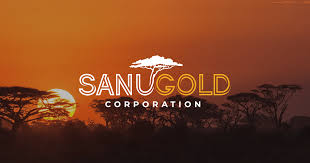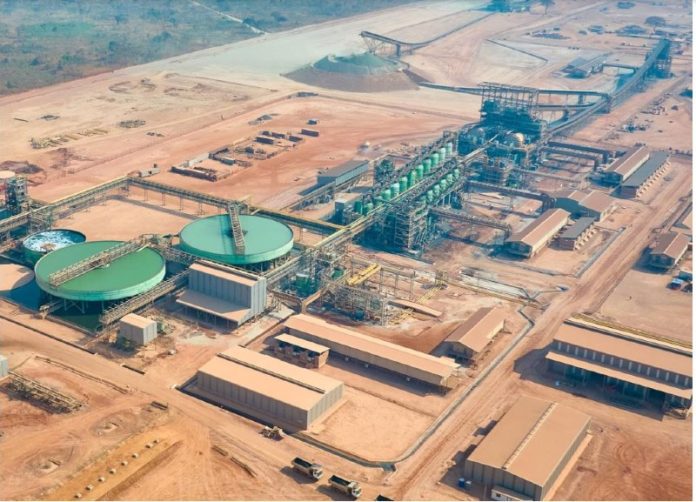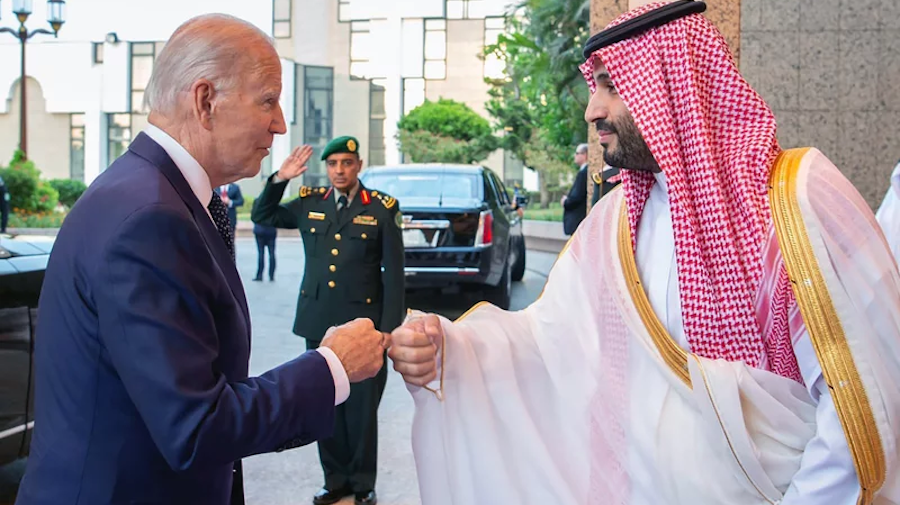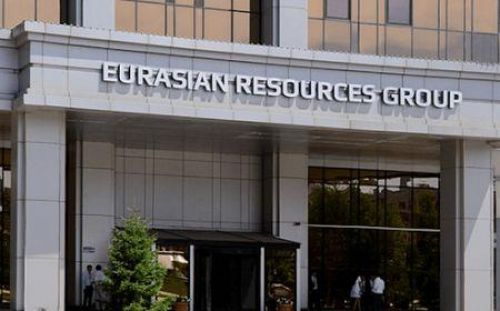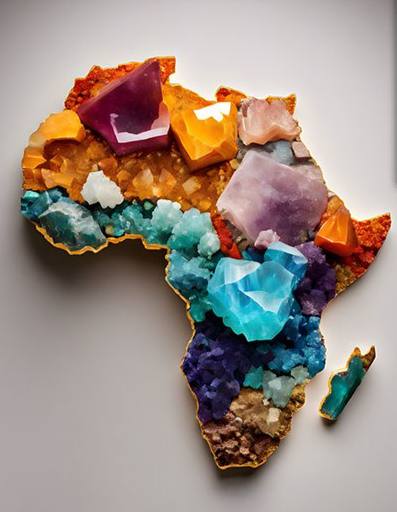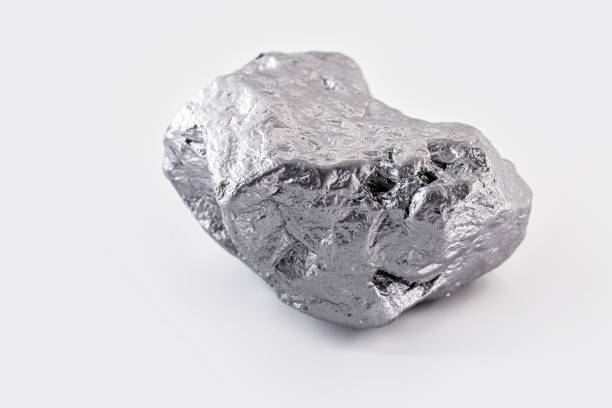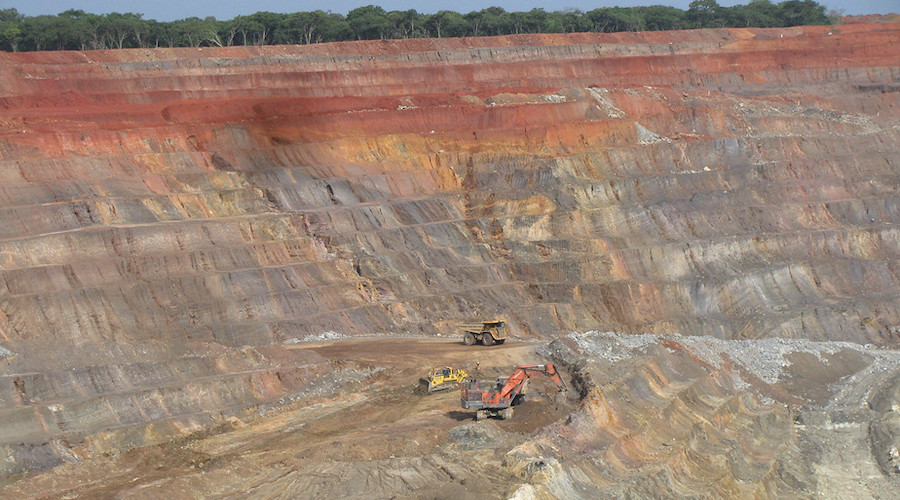Base Metals

Middle East's Magnesium Market Poised for Steady 2.4% CAGR Growth Through 2035
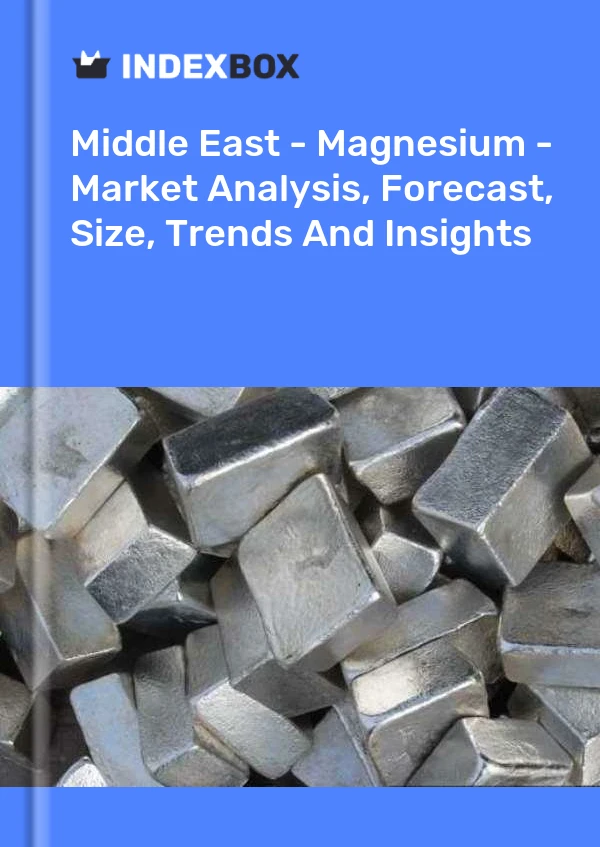
Market Forecast
The magnesium market in the Middle East is projected to grow to 37,000 tons by 2035, expanding at a Compound Annual Growth Rate (CAGR) of +2.4%. In value terms, the market is expected to reach $125 million by 2035, growing at a CAGR of +2.0%.
Consumption
Regional consumption of magnesium rose to 28,000 tons in 2024, a 6.8% increase from the previous year. The market revenue expanded to $100 million in 2024.
The top consuming countries in 2024 were:
- United Arab Emirates (UAE): 12,000 tons
- Saudi Arabia: 6,200 tons
- Qatar: 2,400 tons
Together, these three countries accounted for 73% of the region's total consumption. Saudi Arabia saw the most significant consumption growth over the past decade.
Production
Middle Eastern magnesium production fell to 40,000 tons in 2024, a decrease of 30.4% from the previous year's peak.
Israel is the dominant producer, responsible for 39,000 tons or 97% of the region's total output in 2024. Turkey is a distant second producer.
Imports
The region imported approximately 33,000 tons of magnesium in 2024. Imports are vital for the market, with high-purity unwrought magnesium (99.8% purity or higher) constituting 96% of all imports.
The main importing countries were:
- UAE: 12,000 tons
- Turkey: 8,800 tons
- Saudi Arabia: 6,200 tons
The average import price in 2024 was $3,733 per ton.
Exports
Exports from the Middle East contracted sharply by 30% in 2024 to 45,000 tons, following a peak the previous year.
Israel was the largest exporter, shipping 37,000 tons (83% of the regional total). Turkey was the second-largest exporter. Virtually all exports (98%) consisted of high-purity unwrought magnesium (99.8%+). The average export price in 2024 was $3,645 per ton.



